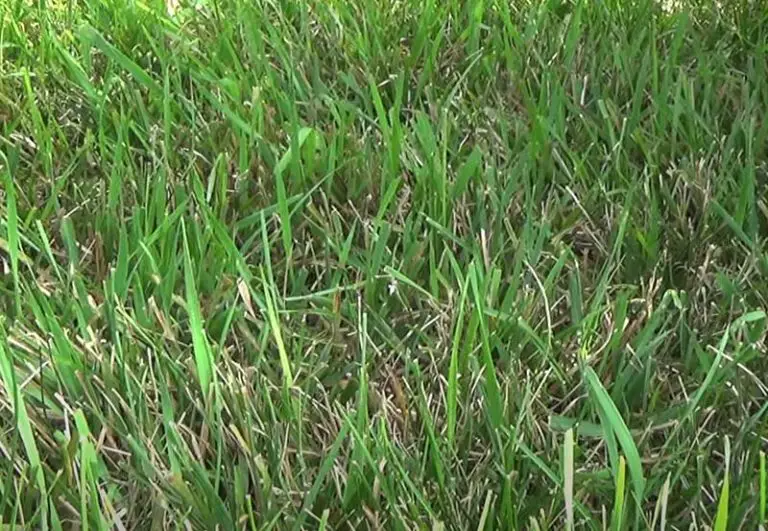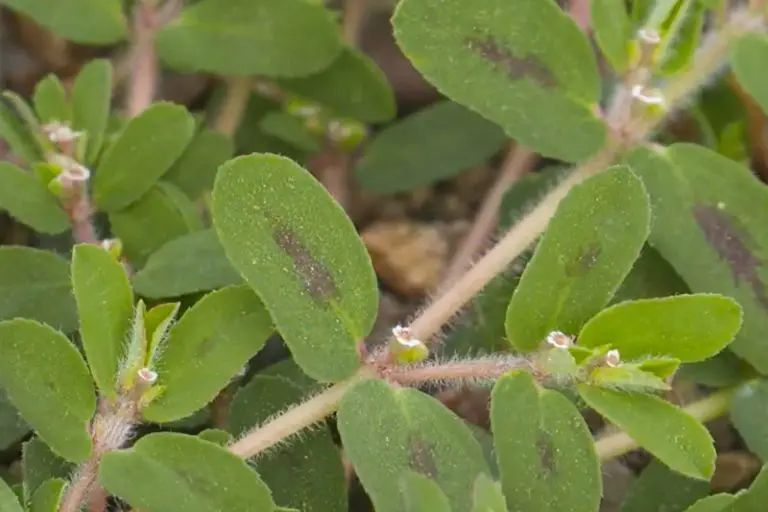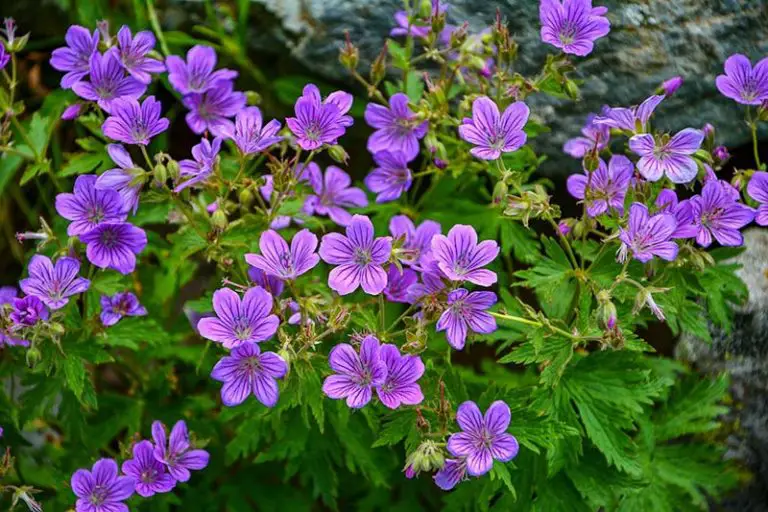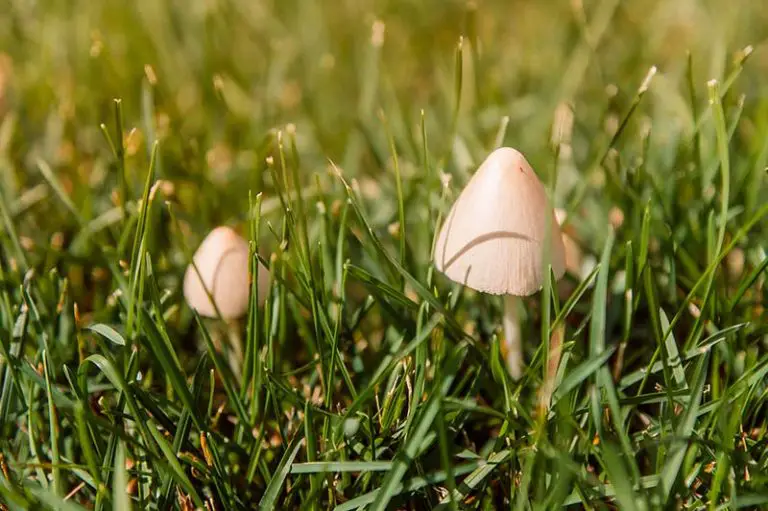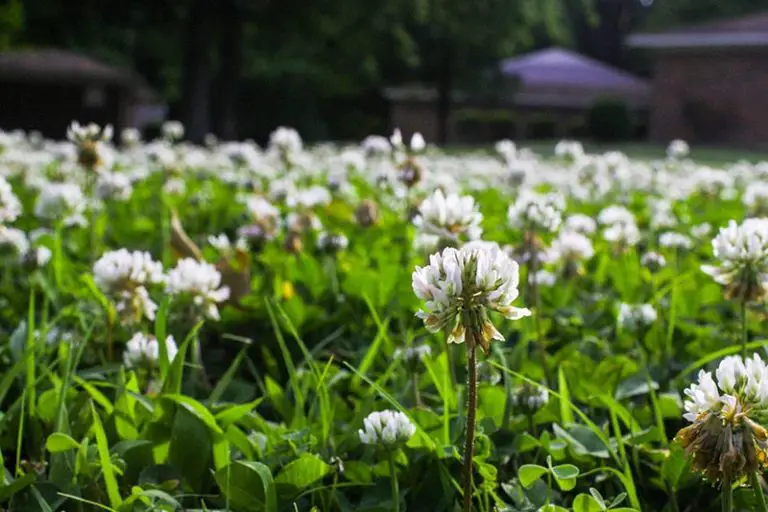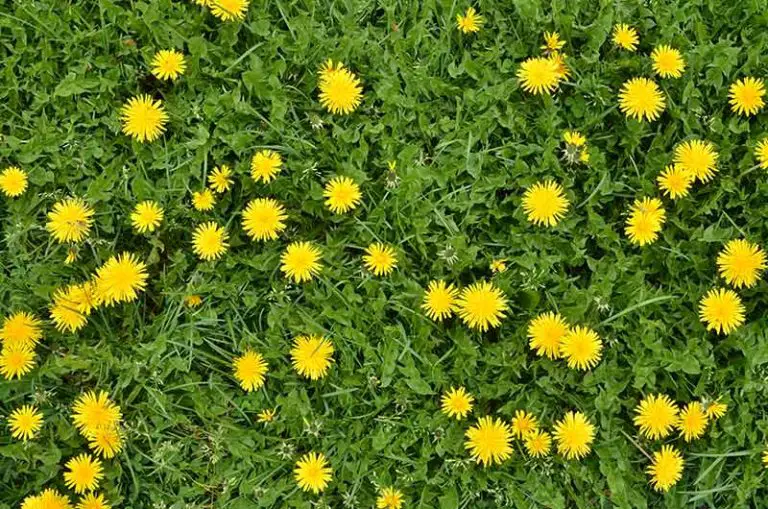How to Get Rid of Moss in Your Lawn
If you’ve got moss in your lawn, you’re likely to be pretty annoyed by it. While moss is good for the environment, many people do not want it in their lawns, and may be frustrated by its presence. However, getting moss out of your grass can be difficult to do, because it’s usually a result of certain conditions, such as too much moisture or too much shade.
Moss can be treated by dealing with the underlying conditions causing it – if possible – or through chemical treatments, or by hiring professionals to deal with the physical raking and dethatching. You may need to use a combination of these methods to really deal with moss and prevent it from growing back.
So, if you’re wondering how to get rid of moss in your lawn, here are some ideas.
What Kinds Of Moss Are There?
There are a couple of kinds of moss, including the pincushion kind, called acrocarps, and the pleurocarps, which grow outward and stay very close to the ground.
Acrocarps form a cushion of moss that will spread out across the lawn, often an acid green in color. It reproduces by growing stalks with seed capsules at the end, which then release spores into the wind. Usually, it only does this if the conditions are good.
Pleurocarps reproduce in the same way, spreading spores to the wind.
These are the two mosses you are most likely to find in your lawn; both are common, and both can be dealt with in the ways we’ll outline shortly.
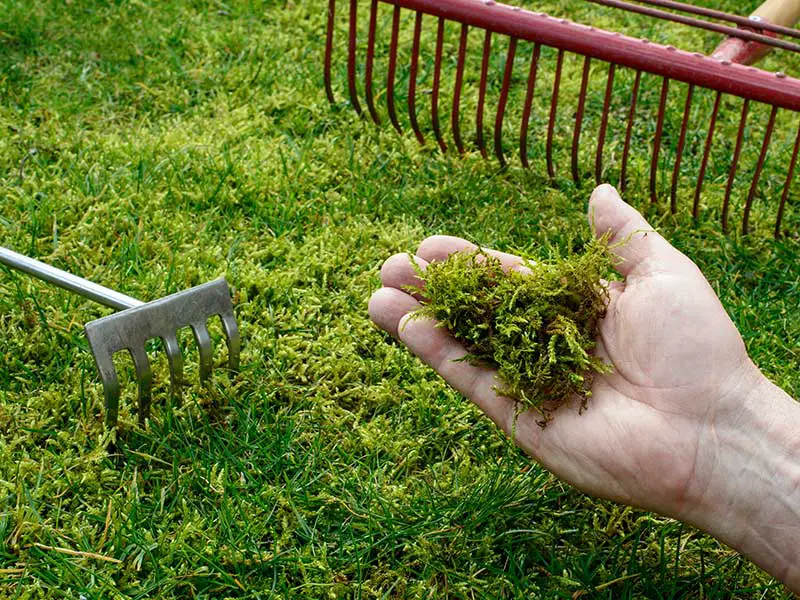
What Causes Moss?
Determining the cause of the moss is a good way to start preventing it, and is really pretty crucial if you actually want to get rid of moss in any meaningful way. If you just remove the moss, you will find it keeps coming back, and as it’s time-consuming to deal with, this can be very frustrating.
It isn’t always easy to work out what’s causing moss to grow, but you should consider potential reasons before you start looking at how to get rid of moss in your lawn using other methods.
Drainage
The most major cause of moss in your lawn is often poor drainage. A lawn that is wet a lot of the time will encourage moss to grow, so if your soil suffers from drainage problems or you have heavy, clay soil, you are more likely to see moss.
Poor drainage is often tricky to deal with, but it’s typically solved by grading and leveling the yard in question. You may be able to dig channels, or mix other materials into your soil to improve the drainage, but this can prove a lot of work, especially if you have a big lawn and the soil is very heavy.
Compaction
Another common cause of moss is soil compaction, which can also contribute to poor drainage. This may occur if there’s a lot of foot traffic on your lawn, or if you have a heavy mower that presses the earth down.
You may find that aerating is a good way to overcome the issue; you can do this using the prongs of a garden fork if your garden is small, or you can hire machinery to help if you need to cover a large area.
Thatch
Alternatively, the problem may be caused by excessive thatch. Thatch is the result of grass that has died and fallen down among the living blades. It is normally a healthy part of the grass’s life cycle, but if it gets excessive, the fungi that usually break it down may get overwhelmed, and it will keep increasing.
If your lawn has a lot of thatch embedded in it, water may not reach the soil easily, which could cause it to pool on top, creating a moss-friendly environment. It may also make it difficult for oxygen to get to the roots of the grass, which will stop the grass from growing well and could result in it dying back.
The process for getting rid of this is known as dethatching and it involves using a rake to scratch up and remove all the debris that has built up between grass blades. You can rent or purchase industrial machinery to dethatch.
It’s also important to look at what may be causing the thatch (usually excessive fertilization) and find ways to stop the thatch from building up over time, ideally. This will help the grass to grow more healthily.
Too Much Shade
While some mosses do grow in the sun, a lot of mosses prefer shade, and grass does not do very well in shade. You may notice the moss is much more intense in the parts of your garden that are shady. If so, shade is your issue.
This is a difficult one to address, because shade is often caused by immovable things, such as buildings or large trees. However, if you are able to, consider opening up the areas to more light.
You may be able to prune the trees or remove the bushes. If you can’t do anything about the level of shade, consider introducing a shade-loving grass that will grow better and potentially out-compete the moss.
Wrong Acidity
Grass does not thrive in very acidic ground – and unfortunately, mosses do. If your soil is the wrong pH, you may find that your grass struggles, and your moss thrives. The best thing to do if you aren’t sure about this is to get a pH testing kit and test your soil’s acidity levels. Using this information you can adjust your soil pH appropriately.
Your grass likes soil that is between 6.0 and 7.0. You can add lime to the soil to raise the pH level, making it more alkaline and potentially more to the grass’s liking.
Lime is an inexpensive solution, so this is certainly worth trying if you are having problems with too much moss. You may not find that this clears the moss up entirely, especially if it has a firm foothold, but it can certainly help.
A lawn testing kit is also a good move. It might tell you if there are other issues that are putting your grass at a disadvantage in the battle against the moss, empowering you to make changes that will help it grow.
Fertilizer
This ties into the idea of using a lawn testing kit, as it will let you know if you need to fertilize your lawn and/or adjust its acidity. If you haven’t been fertilizing your lawn often enough, you may find that the grass is lacking the nutrients it needs to grow well and deal with the moss.
You can buy fertilizers specifically designed to inhibit moss growth, or you can just give your lawn a good boost with an all-purpose fertilizer to feed it up and help it grow. This may be enough to address issues with the moss growing through it.
Short Grass
If you had to guess, would you expect overly short grass or overly long grass to contribute to moss issues? It’s the short grass. Short grass is easier for moss to grow through, while long grass tends to shade out the moss and overcrowd it, making it hard for it to grow.
That’s not to say you need to let your lawn turn into a jungle, but be aware that mowing your grass very short leaves it vulnerable to moss growing through it.
It’s also important to note that cutting your grass too short can stress the plant, and this will make it easier for the moss to grow through it and take over the garden. It’s best to leave your grass at around two and a half inches after a cut, and let it reach around three and two-third inches before the next cut.
How To Get Rid Of Moss In Your Lawn
The first step lies in trying to address the problems with moss at their root. Remember, you might be addressing multiple causes, especially if the moss is very prevalent – so don’t just pick one from the list and assume that will be it.
Assess the dampness and shade as your first ports of call, and decide if these are likely culprits. Think about the health of your grass next. Are you cutting it too short? Does it get a lot of heavy traffic on it? Is there a lot of thatch? When did you last feed your lawn? How acidic is your soil?
Work through the list one at a time and check each of these things to see if any of them are likely culprits, or if there are multiple problems.
You may want to choose the easiest ones to solve first – if, for example, your soil is acidic, adding lime is relatively cheap and quick, while trying to change the density of your soil may be a little harder.
Keep addressing the potential physical causes as much as you can, and then you can turn to active moss removal as well. A two-pronged approach may be necessary as moss is hard to get rid of once it is established, and your lawn may struggle to out-compete it.
You can buy commercial moss killers that are designed to help beat back the moss in your lawn. You should apply a moss killer to the whole lawn, and not just to the moss, because many moss killers will affect the soil, and could cause patchiness in the lawn once they have taken effect.
Most moss killers are designed to be applied in the summer when the weather is fine. Follow the manufacturer’s directions and recommendations.
If you are unsure about using a commercial moss killer, you can also try homemade solutions; be aware that results from these may vary somewhat. The easiest of these involves mixing a gallon of water with two ounces of a mild dish soap.
This can then be put into a hand sprayer and used to drench patches of moss. It will probably cover about 1000 square feet. However, you should be aware that this solution will also damage grass that is healthy, so this isn’t suitable for use on moss that’s growing up through the grass.
If you are looking to reseed the lawn after killing the moss, you’ll need to wait a few weeks, or the dish soap might affect the germination of the new moss seeds.
This solution may also not be particularly environmental, so if you are trying to keep your garden critter-friendly, you should probably look to non-chemical solutions, such as addressing the root causes and using physical labor to remove moss.
That brings us on to the physical labor element of getting rid of moss in your lawn. Firstly, you should look to aerate your lawn. This will deal with compaction issues and may help to improve drainage. It will also help you to see if you have problems with excessive thatch.
Try to aerate deeply, pushing the fork or aerator down into the soil to maximize the impact of your work. This will improve the oxygen flow considerably, helping the roots even deep under the ground. Follow up with some of our tips on what to do after aerating your lawn to make the most out of your aeration efforts.
Rake out excess thatch. You can also use a rake to remove moss, particularly if it is growing in between the grass blades of your lawn and is therefore hard to treat. Raking the moss out is quite time-consuming, so it ideally wants to be done in conjunction with a method that will prevent it from growing back.
You can hire a company to deal with moss removal, or work on it yourself – just be prepared to dedicate quite a few hours to the process, especially if you have a large area to work over.
Conclusion
Moss removal can be time-consuming, so it’s important to try and address why you have moss in your lawn in the first place. It may be a sign of unhealthy grass or problems with drainage.
Small amounts of moss may not be an issue, so don’t panic if you see a little patch or two. It is good for the environment, offering a great nesting material for birds and an important habitat for many insects.
However, many people don’t like it in their lawns; if that’s the case, the above information should help you pinpoint the cause and work to remove it in the long term.

